Archives
- 2025-12
- 2025-11
- 2025-10
- 2025-09
- 2025-03
- 2025-02
- 2025-01
- 2024-12
- 2024-11
- 2024-10
- 2024-09
- 2024-08
- 2024-07
- 2024-06
- 2024-05
- 2024-04
- 2024-03
- 2024-02
- 2024-01
- 2023-12
- 2023-11
- 2023-10
- 2023-09
- 2023-08
- 2023-07
- 2023-06
- 2023-05
- 2023-04
- 2023-03
- 2023-02
- 2023-01
- 2022-12
- 2022-11
- 2022-10
- 2022-09
- 2022-08
- 2022-07
- 2022-06
- 2022-05
- 2022-04
- 2022-03
- 2022-02
- 2022-01
- 2021-12
- 2021-11
- 2021-10
- 2021-09
- 2021-08
- 2021-07
- 2021-06
- 2021-05
- 2021-04
- 2021-03
- 2021-02
- 2021-01
- 2020-12
- 2020-11
- 2020-10
- 2020-09
- 2020-08
- 2020-07
- 2020-06
- 2020-05
- 2020-04
- 2020-03
- 2020-02
- 2020-01
- 2019-12
- 2019-11
- 2019-10
- 2019-09
- 2019-08
- 2019-07
- 2019-06
- 2019-05
- 2019-04
- 2018-11
- 2018-10
- 2018-07
-
Considering all these facts in the present study
2021-06-24

Considering all these facts, in the present study, we investigated the effects of two highly selective CRF receptor 2 antagonists (antisavaugine-30, ASV-30; and astressin-2B, AST-2B) on anxiety behavior in rats. The rationale for such an experimental approach was based on the premise that fear and s
-
Like professional accounting organizations many accounting e
2021-06-24
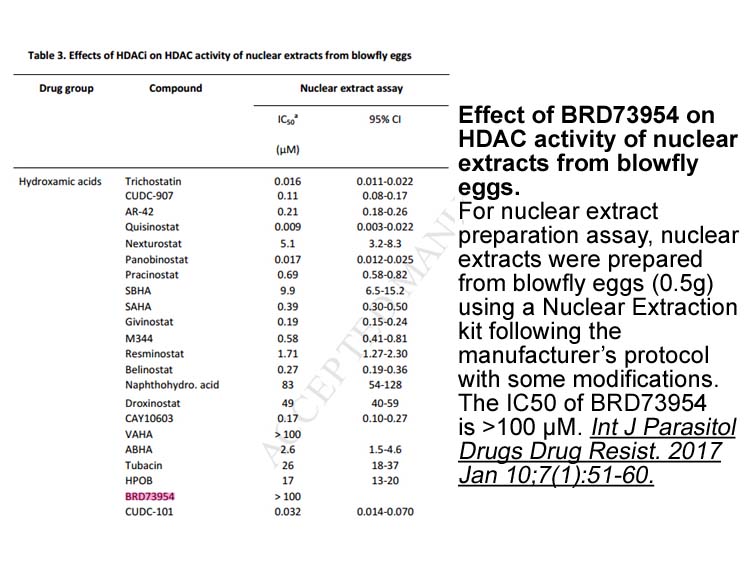
Like professional accounting organizations, many accounting educators have also embraced the potential recruitment value of advanced placement. For example, high school and college educators collaborated to create the Accounting Pilot and Bridge Project (APBP), in order to jump start the profession'
-
The COMT gene maps to chromosome
2021-06-24

The COMT gene maps to chromosome 22q11.2 (Grossman et al., 1992) and has two protein isoforms. The differences between S-COMT and longer MB-COMT are in the N-termini, which use alternative translation initiation sites and promoters. These two isoforms display different affinity and capacity for COMT
-
br Discussion The present study found cholinesterase
2021-06-24
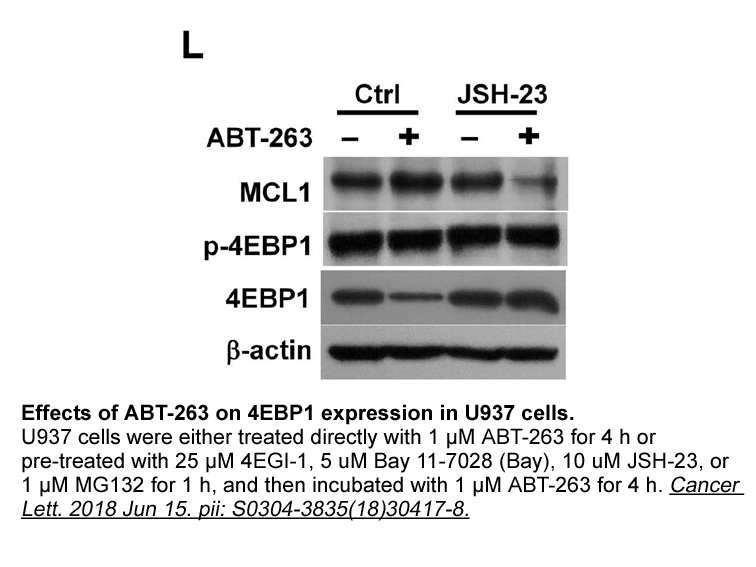
Discussion The present study found cholinesterase activity in Saccostrea sp. to vary significantly among three tissue types (digestive gland, gills, adductor muscle) and to respond differentially to four toxicants, three of which were non-organophosphates. Furthermore, a comparison of enzyme acti
-
erbb2 inhibitor Many processes can lead to changes
2021-06-24

Many processes can lead to changes in soil P pools over time. Plant-available P (when measured as DGT P) decreased over time for the INORG-P treatment (Fig. 1a). Orthophosphate can be stabilised with cations such as calcium to produce insoluble phosphates, reducing plant-available P (Bünemann et al.
-
br Nuclear estrogen receptors Indirect genomic signaling As
2021-06-24

Nuclear estrogen receptors: Indirect genomic signaling As mentioned earlier, the transcription of several genes that do not contain EREs in their promoter regions can also be regulated by estradiol, without direct binding of the estrogen receptors to the DNA. According to the most recent reports,
-
br Stem cell based therapies In the previous
2021-06-24
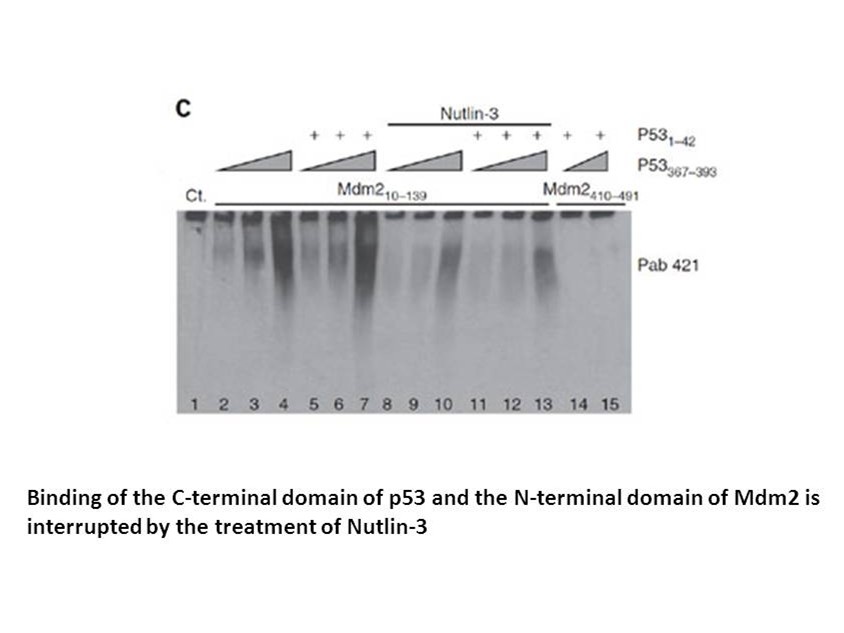
Stem cell–based therapies In the previous years, excessive efforts have been conducted to induce the least aggression and more efficient sources of human cardiomyocytes for different application, particularly for myocardial regeneration. The pluripotent stem cell seems to be an appropriate candid
-
Early tubular differentiation in WT lacks lumen formation an
2021-06-24
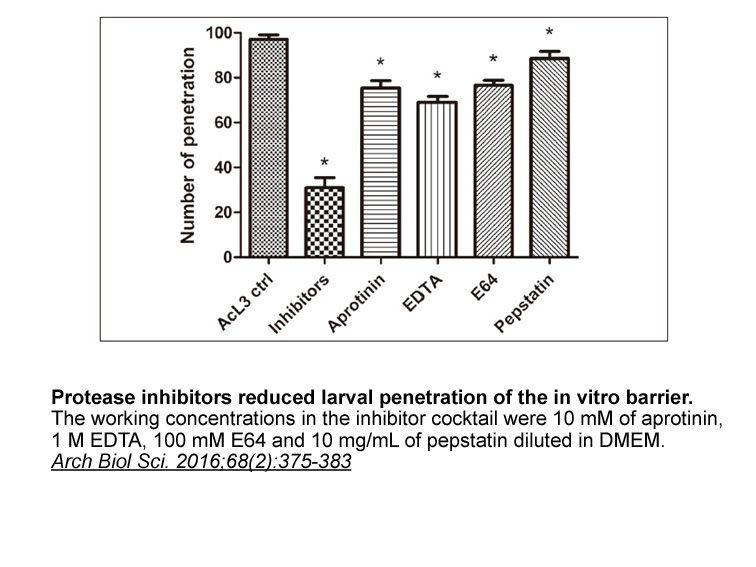
Early tubular differentiation in WT lacks lumen formation and, therefore, sometimes can be confused with rosettes of ES/PNET or neuroblastoma. However, tubular structure usually has Peramivir neatly aligned to form a single layer around the future lumen, whereas neuroblastic rosettes are arranged mo
-
br Materials and methods br Results
2021-06-24

Materials and methods Results Discussion Our previous study showed that ERRγ negatively regulates osteoblast differentiation via inhibiting Runx2 transactivity (Jeong et al., 2009). In the present study, we found that ERRγ also induced miR-433 in osteogenic mesenchymal cell lineage C3H10T1/
-
EPAC activation in VSMCs and ECs reverses several processes
2021-06-24
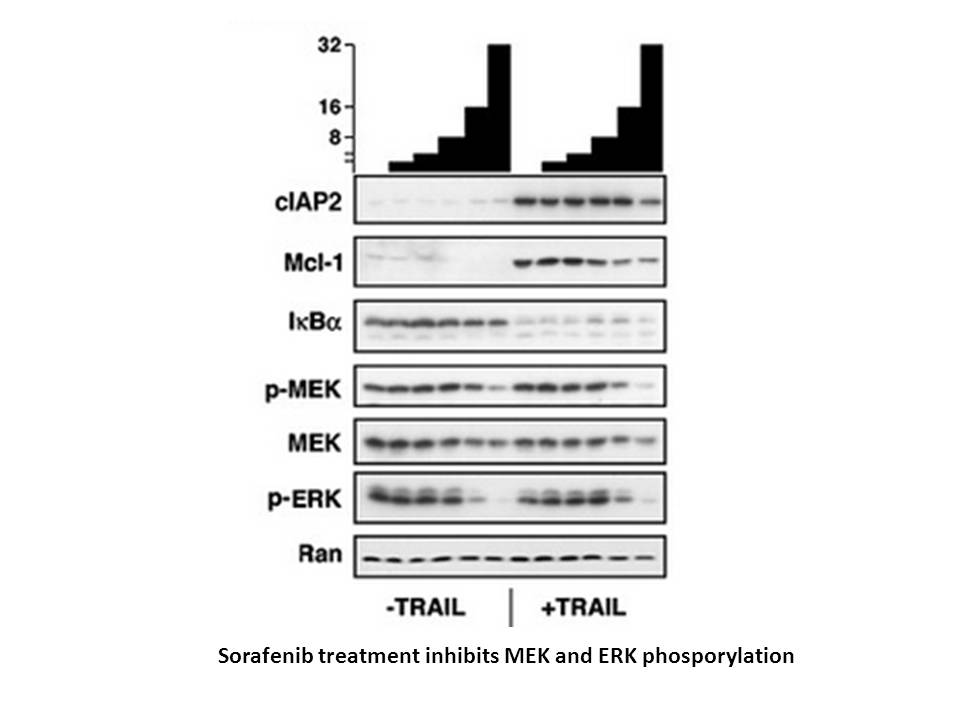
EPAC activation in VSMCs and ECs reverses several processes involved in the development of in-stent restenosis. Of particular relevance is the ability of EPAC1 to induce SOCS3 gene expression, as SOCS3 exerts multiple protective effects in both cell types, while immunohistochemical studies have show
-
cholesterol absorption inhibitor Conventional aromatic radio
2021-06-24
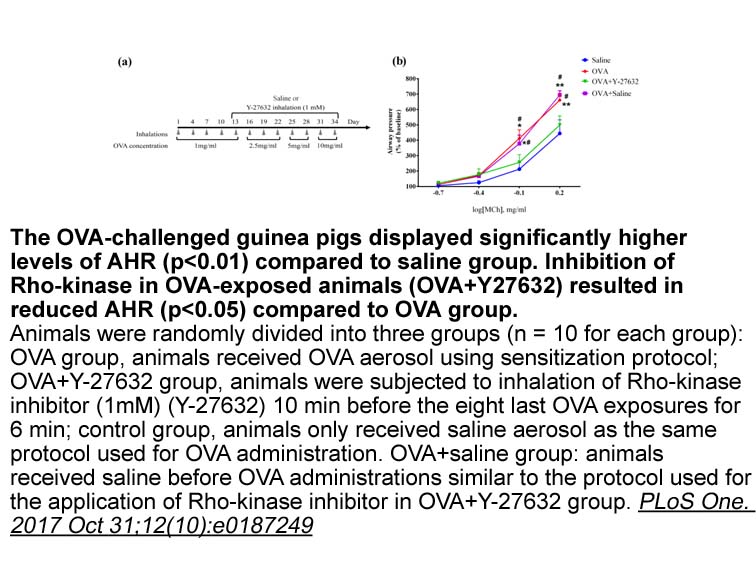
Conventional aromatic radiofluorination via nucleophilic substitution requires electron-withdrawing activating group(s) at the ortho or para position to achieve good radiolabeling yield. In the case of CJ-042794 (), the phenoxy substitution para to the fluoro group is considered an electro-donating
-
In order to evaluate the in vivo pharmacology associated wit
2021-06-24

In order to evaluate the in vivo pharmacology associated with EP receptor antagonism, we wished to discover antagonists presenting a higher degree of selectivity over the other prostanoid receptors. We also wanted to increase the brain–blood ratio since it is probable that centrally mediated EP ago
-
The Wnt catenin signaling pathway
2021-06-24

The Wnt/β-catenin signaling pathway is a downstream target of SOX9 and is involved in a variety of cellular responses, including cell migration, proliferation, and differentiation [14]. Several studies have identified the Wnt/β-catenin signaling pathway as essential for cartilage function, and it is
-
Aldehyde dehydrogenase has been characterized as a cancer st
2021-06-23

Aldehyde dehydrogenase has been characterized as a cancer stem cell marker, which plays a key role in various biological processes in tumor, including cell proliferation, invasiveness and chemoresistance. Recent data of Abourbih et al reported that ALDH1 expression did not correlate with primary tum
-
br Experimental procedures br Introduction
2021-06-23
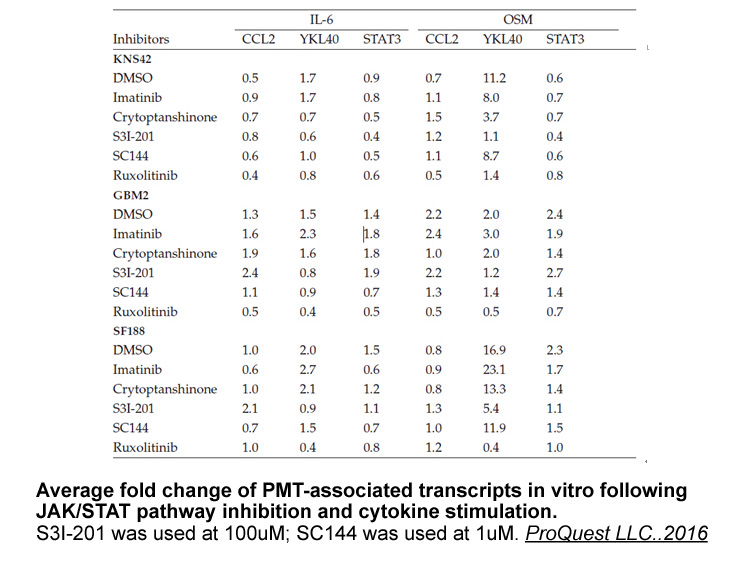
Experimental procedures Introduction Protein kinases represent one of the largest enzyme hydroxychloroquine sulfate in the human genome and act as signaling mediators in a variety of cellular processes (Manning et al., 2002). Because many diseases are associated with aberrant protein kinase a
16393 records 660/1093 page Previous Next First page 上5页 656657658659660 下5页 Last page